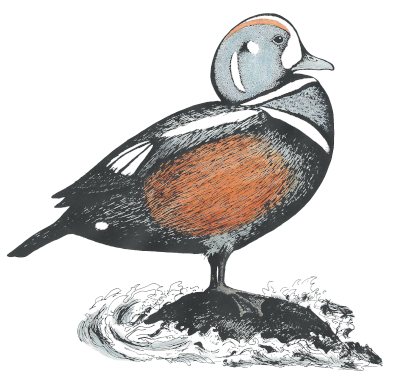Phylum Porifera - sponges
Phylum Cnidaria - anemones and jellyfish
Phylum Ctenophora - comb jellies
Phylum Platyhelminthes - flatworms
Phylum Nemertea - ribbon-worms
Phylum Rotifera - rotifers
Phylum Kinorhyncha - kinorhynchs
Phylum Priapula - priapulids
Phylum Entoprocta - goblet-worms
Phylum Annelida - segmented worms
PHYLUM ARTHROPODA - Arthropods (arachnids, lobster, crabs, insects)
CLASS ARACHNIDA - Arachnids (spiders, harvestmen, mites)
Order Pseudoscorpiionida - book scorpions
Order Aranae - spiders
Order Opiliones - harvestmen (“daddy longlegs”)
Order Acari - ticks
CLASS MALACOSTRACA - Crustaceans
Order Decapoda - decapod crustaceans
CLASS HEXAPODA - Insects
Order Collembola - springtails
Order Diplura - diplurans
Order Zygentoma - silverfish
Order Ephemeroptera - mayflies
Order Odonata - damselflies, dragonflies
Order Orthoptera - grasshoppers, katydids, crickets
Order Plecoptera - stoneflies
Order Dermaptera - earwigs
Order Mantodea - mantids
Order Blattodea - cockroaches
Order Hemiptera - bugs, cicadas, aphids, etc.
Order Thysanoptera - thrips
Order Psocoptera - psocids
Order Phthiraptera - lice
Order Coleoptera - beetles
Order Neuroptera - neuropterans
Order Hymenoptera - bees, wasps, ants, etc.
Order Trichoptera - caddisflies
Order Lepidoptera - butterflies, skippers
Order Lepidoptera - moths
Order Siphonaptera - fleas
Order Mecoptera - scorpionflies
Order Strepsiptera - twisted-wing parasites
Order Diptera - flies, mosquitoes
Phylum Mollusca - Mollusks (periwinkles, clams)
Phylum Echinodermata - Echinoderms (sand dollars, sea stars, sea urchins)
PHYLUM CHORDATA - Chordates (fish, amphibians, reptiles, birds, mammals)
CLASS PISCES - Fish
Order Osteichthyes - bony fish
Class Amphibia - frogs, toads, salamanders
Class Reptilia - turtles, snakes
Class Aves - birds
Class Mammalia - mammals
Division Ascomycota - ascomycetes
Division Basidiomycota - basidiomycetes
Division Phaeophyta - brown algae
Division Rhodophyta - red algae
Division Chlorophyta - green algae
Division Marchantiophyta - liverworts
Division Anthocerophyta - hornworts
Division Bryophyta - mosses
Lycophytes - club-mosses
Monilophytes - ferns, horsetails/scouring rushes
Gymnosperms - pine, hemlock, juniper, cedar. etc.
Magnoliids
Monocots
Tricolpates
